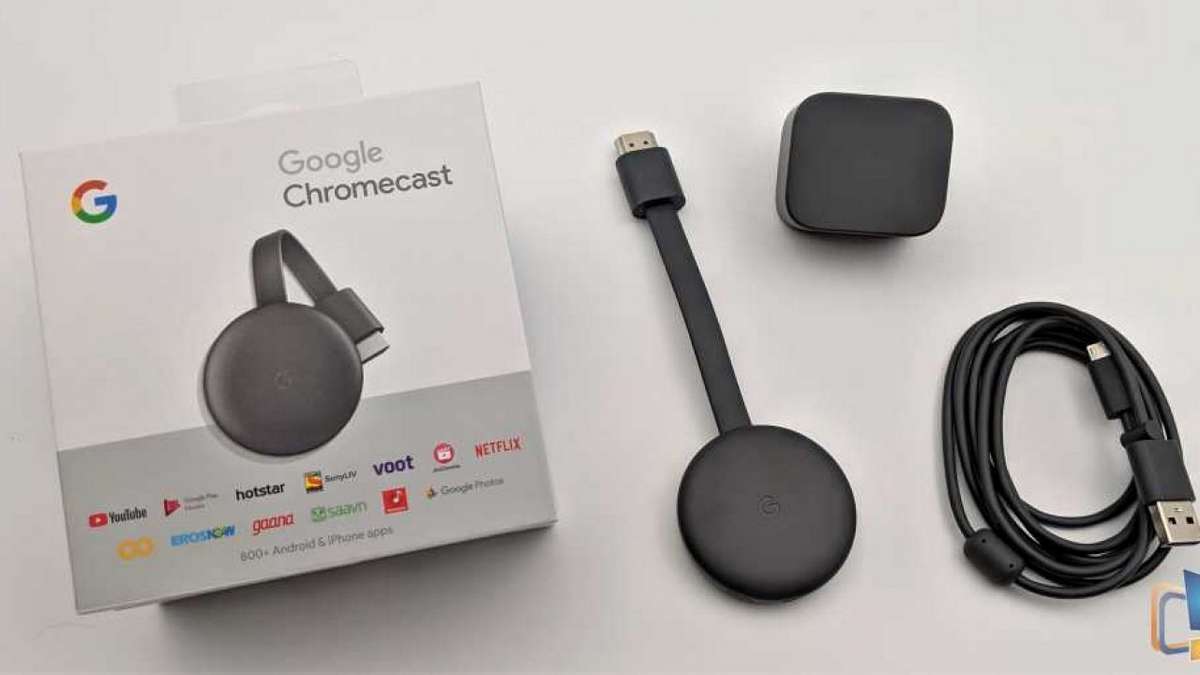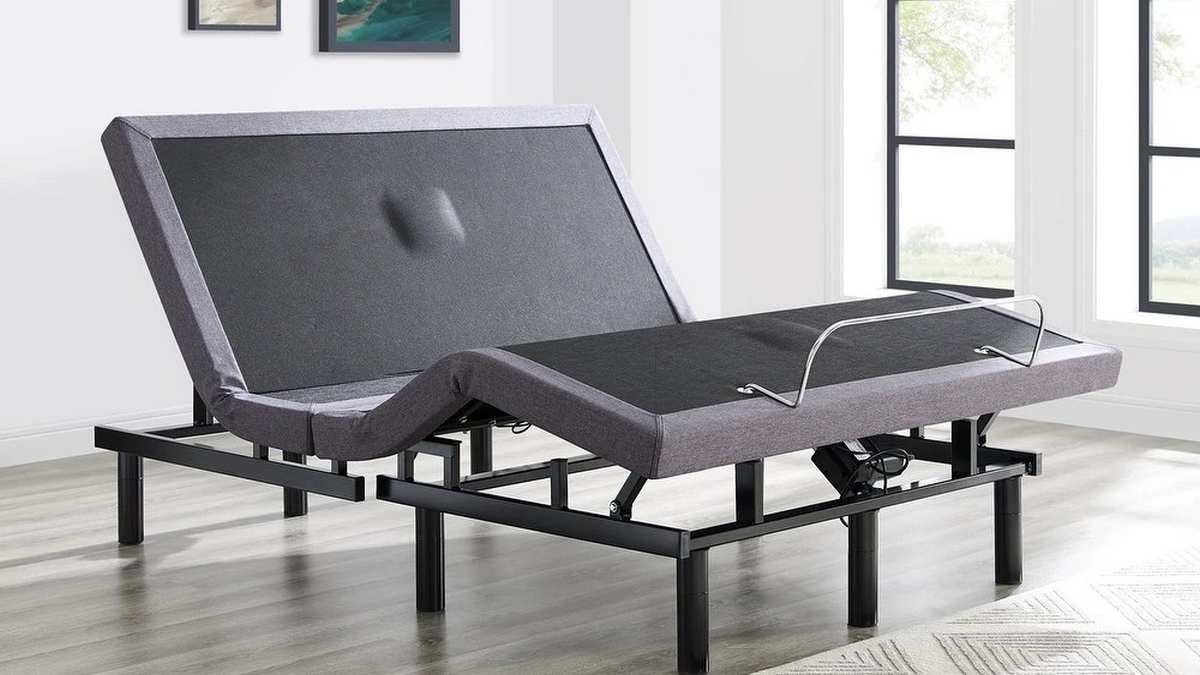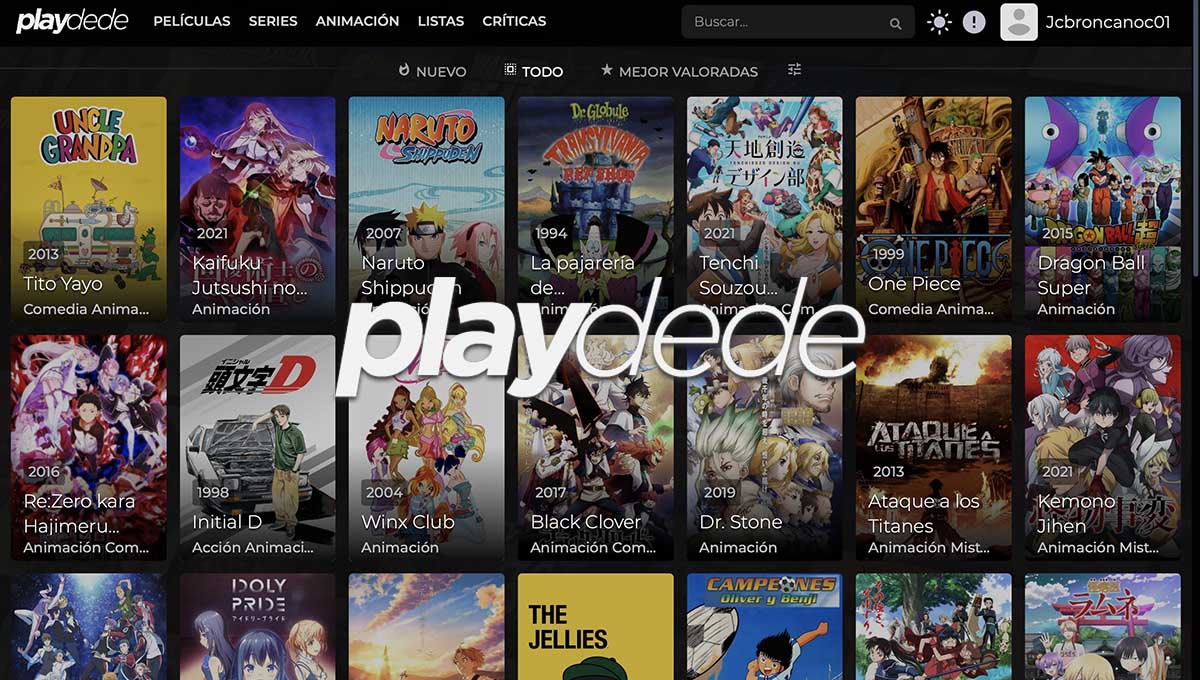Chromecast, also known as Google Chromecast, is a line of multimedia or audiovisual playback devices developed by the Google technology company to succeed in the Nexus Q. The set of devices that is part of the Chromecast line consists of dongles, that is, small adapters or keys that connect to the USB or HDMI ports of other devices (computers, TV, etc.) to provide certain additional functionalities. In this guide, we’ll learn about Chromecast, how does it work, its history, advantages, disadvantages, and the best alternative options available at this moment.
Chromecast dongles allow Google users to stream audiovisual content played on computers or mobile phones on high-definition televisions or audio systems, through Wi-Fi and Google Cast technology applications installed on the computer or on the mobile. Also, the dongles are capable of making televisions reflect the content viewed from the Google Chrome browser and the screens of some Android devices.
The idea behind Chromecast is due to Google engineer Majd Bakar, according to the company itself. Currently, the Chromecast line has three generations of dongles and two special models.
The first generation of Chromecast dongles emerged in July 2013, consisting of video streaming devices. Subsequently, the second generation and an audio-only streaming device model called Chromecast Audio was developed in September 2015.

In November 2016, Google developed a special model called Chromecast Ultra, which is capable of streaming content in 4K resolution and in a high dynamic range. Finally, the third generation was launched on the market in October 2018, consisting of HD streaming devices for multimedia content.
Google Chromecast characteristics
Google Chromecast has evolved significantly in a relatively short space of time, since in just 7 years it has developed three generations and two special models, which present novel aspects aimed at improving the user experience when transmitting on HD TV or on HDTV systems. advanced audio the audiovisual content of computers, smartphones, tablets, among others. Therefore, considering in its entirety the Chromecast line, the main characteristics of these devices will be mentioned below:
It offers two methods of data transmission. The first makes use of the technology of smartphones and tablets and of applications that support Google Cast technology. While the second is responsible for reflecting the content of the computer’s Google Chrome and that of multimedia content on certain Android devices.
It has an initial menu that is personalized according to the user’s preferences, which is called “Backdrop”, and it reproduces various sets of multimedia files such as photos, satellite images, news, weather reports, etc.
Chromecast dongles are powered by USB or micro-USB cables. However, those video transmission dongles must also be able to connect to an HDMI port on an HD display.
Chromecast dongles of the first generation are characterized by being physically similar to black USB sticks with HDMI outputs, LEDs, and a reset button and by having a simple interface that works as a wallpaper. They use the Wi-Fi wireless connection standard 8802.11 b / g / n (2.4 GHz), with WEP, WPA / WPA2 security. They have 512 Mb of DDR3 RAM and 2 Gb of internal memory.
Second-generation Chromecasts resemble circular discs that have an HDMI cable with plug, micro USB port, LED, and reset button. They feature a 1.3 GHz dual-core processor, 512 Mb of RAM, and 256 Mb of internal memory, with a Wi-Fi standard 802.11 b / g / n / ac (2.4 GHz / 5GHz), WEP security, WPA / WPA2, and a basic interface.
Chromecast Audio are externally similar dongles to second-generation Chromecasts, although internally they have a sound processor. This device can only reproduce sound, so it does not have an HDMI connector or video interface.
The Chromecast Ultra are dongles capable of streaming 4K multimedia from platforms like Netflix, YouTube, etc. Therefore, it is able to improve data transfer, thus reducing video loading times and dongle reaction.
The third generation Chromecasts are characterized by providing a resolution of 1080p and adding 60 fps to the playback support, offering a speed of 15% higher than the second generation dongles. However, it maintains the standards of wireless connection, security, and HDMI of the third generation.
All generations use the mDNS (multicast Domain Name System) protocol to search for devices on the Wi-Fi network.
The Chromecast operating system uses Miracast to cast content. In addition, it is updated automatically without issuing notifications.
The Google Cast technology that enables applications to use Chromecast dongles is based on the Software Development Kit (SDK). In turn, this technology is composed of an issuing application based on the device’s operating system, which is used by the user; and by a receiving application that runs in an environment similar to that of the Chrome browser.
How does Google Chromecast work?
Essentially, Chromecast makes the mobile phone or computer work as a personalized TV control that allows you to view the multimedia content of the device, regulating the volume, creating a playlist, pausing, and rewinding the playback, among others. To make this possible, Chromecast uses DLNA and Miracast technology, making up what is known as Google Cast.
DLNA is the Digital Living Network Alliance, a tool that allows you to create a network within a home network, using Wi-Fi wireless connections. While for its part, the Miracast is a P2P (peer-to-peer) network that is embedded in the specialized Chromecast software, which allows the dongle and the computer or mobile to communicate efficiently.
Google Cast, by combining the DLNA concept with the Miracast and the SDK, makes computer and mobile applications develop capabilities to enable communication with the dongle, since transmitting and receiving applications intervene. For this reason, Chromecast is dependent on Android or Chrome applications supported by Google Cast technology to function, since it does not have its own application.
Chromecast does not completely take over the mobile or computer, so other functions can be performed while streaming multimedia content. Also, Chromecast memory is not used to store applications. Although it can be used as a wireless monitor of the computer if the extension for the Google Chrome browser is installed.
Chromecast: What is it for?
In general, Chromecast is used to play and view any type of audiovisual or multimedia content from the mobile or computer on an HD television or an audio system, to have a better sensory enjoyment. This leads to several possible uses for Chromecast, among which the following stand out:
- Watch videos and movies from mobile or tablet applications such as Netflix, HBO, YouTube, and VLC on television.
- Create video and audio playlists.
- Stream music content from apps like Spotify and others that support Google Cast on your TV.
- Listen to radio and podcasts on TV, streaming the content of applications such as TuneIn Radio, iVoox, and Pocket Casts.
- Use the TV as a monitor for video games compatible with Google Cast on your mobile, tablet, or computer.
- Show text documents, spreadsheets, and slides on the TV screen.
How to use Google Chromecast?
According to Google, to use Chromecast it is necessary to have, in addition to the dongle, a Google account, and a smartphone or tablet; the latest version of Google Home and Google app, a TV with HDMI input, secure wireless Internet connection, and the mobile device must support the dongle features. If these requirements are met, then to configure and access the Chromecast functions it is recommended to follow the following steps :
- Power on and connect the Chromecast dongle to access the user interface.
- Install the latest version of the Google Home app, available atPlay Store.
- Secure the connection between the mobile device and the home Wi-Fi network. If you have a Chromecast Ultra dongle, it can be connected to the LAN via an Ethernet cable.
- Launch the Google Home application on the mobile or tablet.
- If the application does not run the wizard, at the top left of the main menu press the “+” button to add.
- Then, press the “Configure device” button, then press “Configure new devices”.
- To finish, follow the steps indicated by the application.
Google Chrome: Advantages and disadvantages
Chromecast dongles are devices that have been optimized to successfully meet the needs of consumers in this sector, so they stand out for being at the forefront of the market.
However, these devices have certain flaws that the competition has been able to adequately evade. In this way, to understand the level of benefit that Chromecast can bring into the home, both its advantages and disadvantages will be shown below:
Advantage
Chromecast dongles are one of the cheapest devices on the market, costing a third of the price of the competition.
It allows you to directly view YouTube videos from the device since the application of this service for mobiles and tablets is associated with Google Cast.
It is compatible with various devices, computers, and operating systems since it can be configured from a computer with Windows or Mac OS, or from a
Smartphone or tablet with Android, iOS, or Chrome OS. Although the computers must have the Google Chrome browser installed.
It does not contribute to the depletion of the battery of the mobile, tablet, or laptop.
It allows the mobile, tablet, or laptop to function as a TV remote control, allowing the device to be turned on in a more versatile way.
Its small dimensions and aesthetics allow it to blend in with the environment of a living room, going unnoticed.
Most of the multimedia and audiovisual files stored on a mobile device or computer can be viewed from a larger screen with better graphic and sound quality and in the comfort of a living room.
Disadvantages
Only one Chromecast device model has the ability to play 4K video.
It does not have its own application but depends on whether the applications are compatible with Google Cast.
Recently, Chromecast dongles showed security flaws, as in 2019 a group of hackers claimed to have accessed some 70,000 dongles.
Best Google Chrome Alternatives
The market for applications for the transmission of multimedia and audiovisual content on TV from mobiles and computers presents an aggressive competition where Chromecast and other applications participate, which present novel and attractive features, some not included within the Chromecast set. Among the applications that compete with Chromecast, the following alternatives stand out:
Amazon Fire TV
Amazon Fire TV is a line of streaming devices for televisions that is at the forefront of the market for having its own operating system and independent of applications, providing a particular store of applications of great diversity and popularity and the virtual voice assistant called Alexa, so it is possible to control the TV by voice, issuing commands to control the brightness, volume, etc.
In addition, it allows you to synchronize with your Amazon Prime account so that you can access your favorite series and movies. It should be noted that the price of your dongle is not too far from the price of a Chromecast dongle.
Roku Streaming Stick
Roku Streaming Stick is a next-generation device developed by Roku Inc. to provide streaming service on TV, which has similar characteristics to Chromecast and Amazon Fire TV, although it has a much simpler mechanism. This is compatible with any TV with HDMI input or USB input. It has its own remote and a well-stocked application store for Android, making it possible to send content from your smartphone or tablet.
Xiaomi Mi Box S
Xiaomi Mi Box S is a TV streaming device that has Android TV as its operating system, being capable of performing the same Chromecast functions and some additional ones. Although it has a remote control and is capable of hosting different applications, this device is capable of transmitting content from the smartphone to the television.
In addition, this device allows you to connect a joystick via Bluetooth to play compatible video games. It plays videos in 4K HDR and has Dolby and DTS audio, it has Google’s voice assistant and considerable internal memory.
Apple TV
Apple TV is the main competitor to Chromecast as it is a streaming device that integrates many technological aspects. This device with its own operating system stands out for having an abundant internal memory (32-64 Gb), a control, 4K HDR resolution, Dolby Atmos sound, and the Siri voice assistant.
In turn, the OS of this device offers a store with all the applications available for iOS devices, allowing users to play video games and access other mobile applications. However, it turns out to be very expensive.



